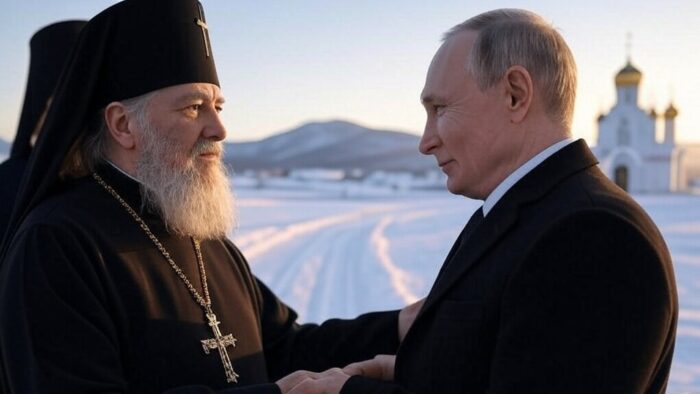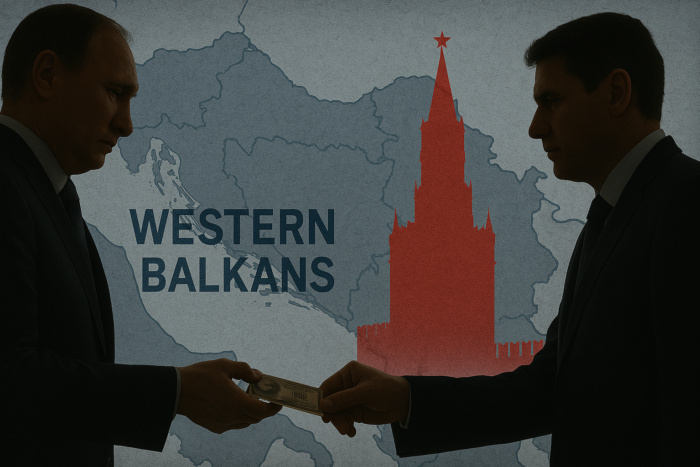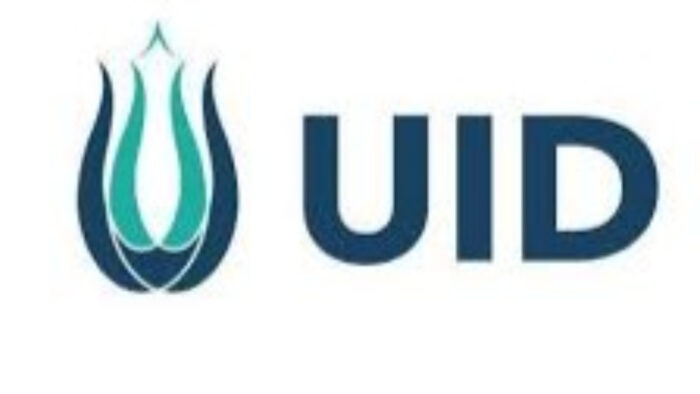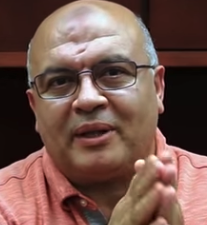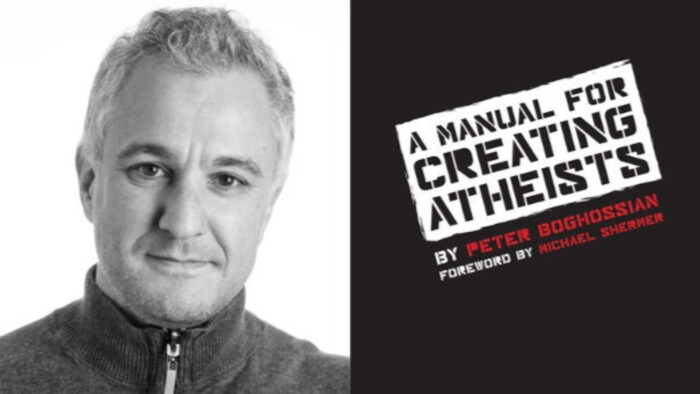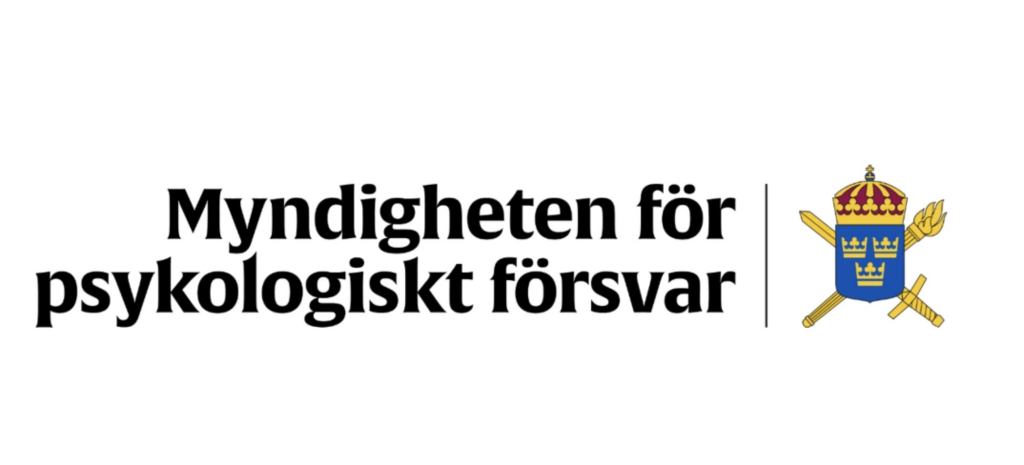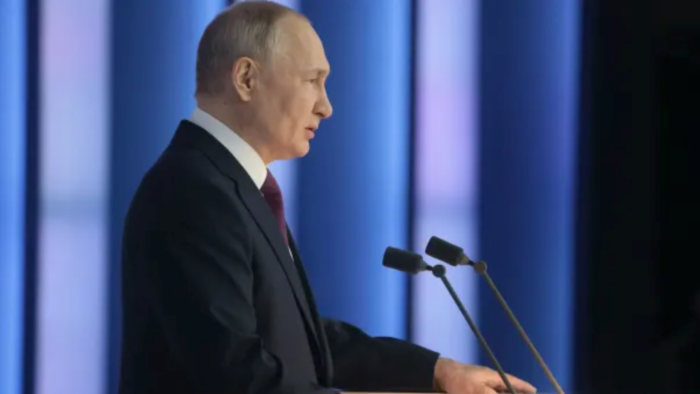On 7 April 2025, MSNBC published an opinion piece by LSE professor Kristina Spohr analyzing how Russian supporters misuse the phrase “not one inch eastward” to blame Western nations for Putin’s aggression in Ukraine. The article begins:
At a time when NATO faces perhaps its greatest challenge, the question of its so-called “expansion” at the end of the Cold War remains very much alive. The two matters are, in fact, closely entwined. NATO’s enemies — both in Russia and now, sadly, in and around the White House — continue to deploy spurious arguments to weaken the alliance and justify Vladimir Putin’s brazen war of aggression against Ukraine. The flawed argument about NATO expansion flows from two false premises. One is that in February 1990, when then‑U.S. Secretary of State James Baker uttered the words “not one inch eastward,” he allegedly “promised” Soviet leader Mikhail Gorbachev that the American-led defense alliance would not enlarge…
Key Points
- Baker’s “not one inch” comment was part of exploratory talks about German reunification, not a promise about NATO’s future borders.
- Eastern European nations voluntarily sought NATO membership due to fears of Russian expansionism, exercising their sovereign rights.
- Putin rejects the concept of “sovereign equality” of states and aims to divide the Euro-Atlantic alliance through hybrid warfare.
- European leaders are investing in their own defense capabilities as America’s reliability as a security partner has been eroded.
Disclaimer GIOR utilizes AI to generate summaries of news items, including the introduction and the key points that follow. Any text following the key points is context added by GIOR editors. Please verify all information before using. Images are also AI-generated and are for illustrative purposes only—they are meant to represent the events or individuals concerned but should not be understood as “real-world” photography.



